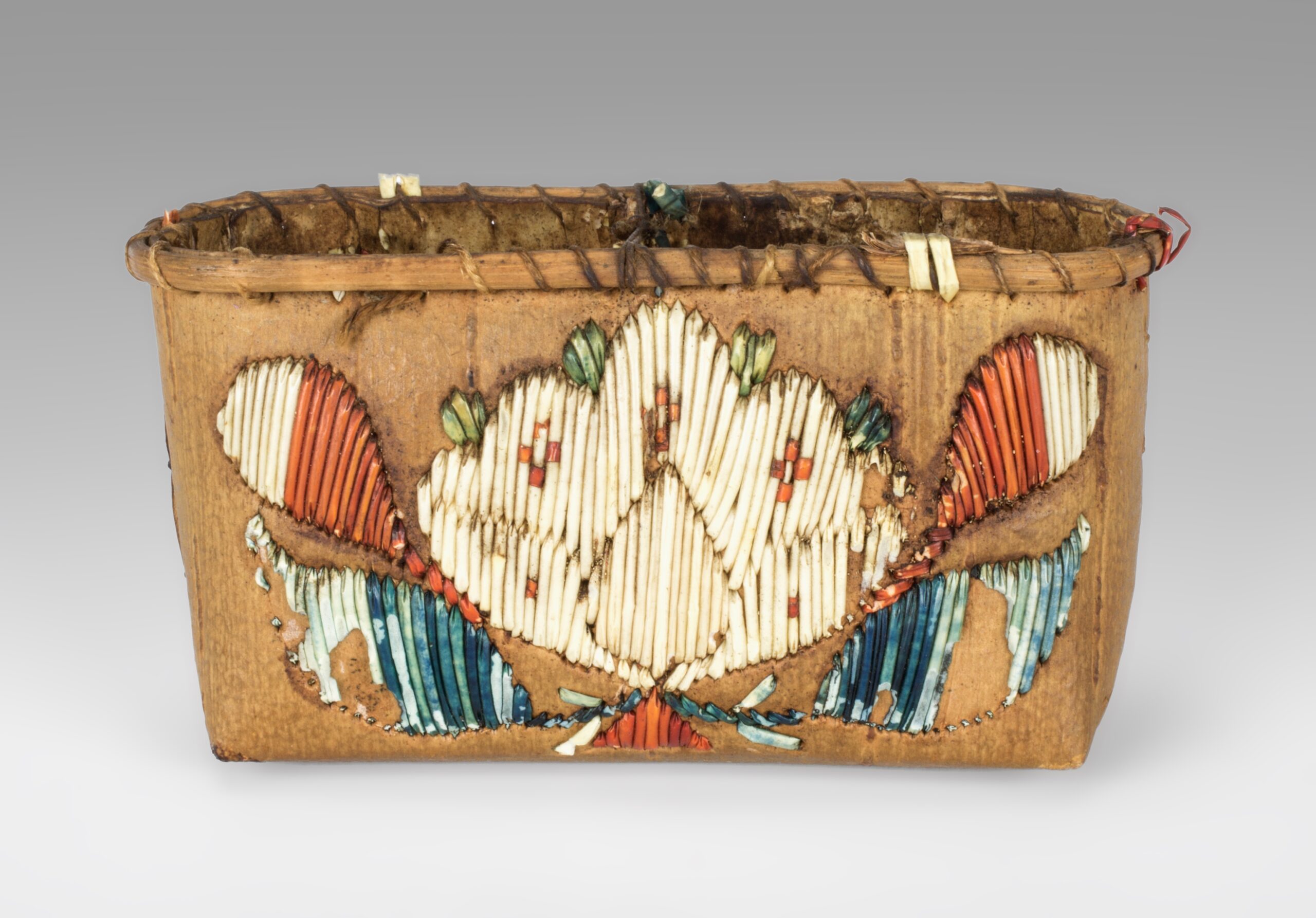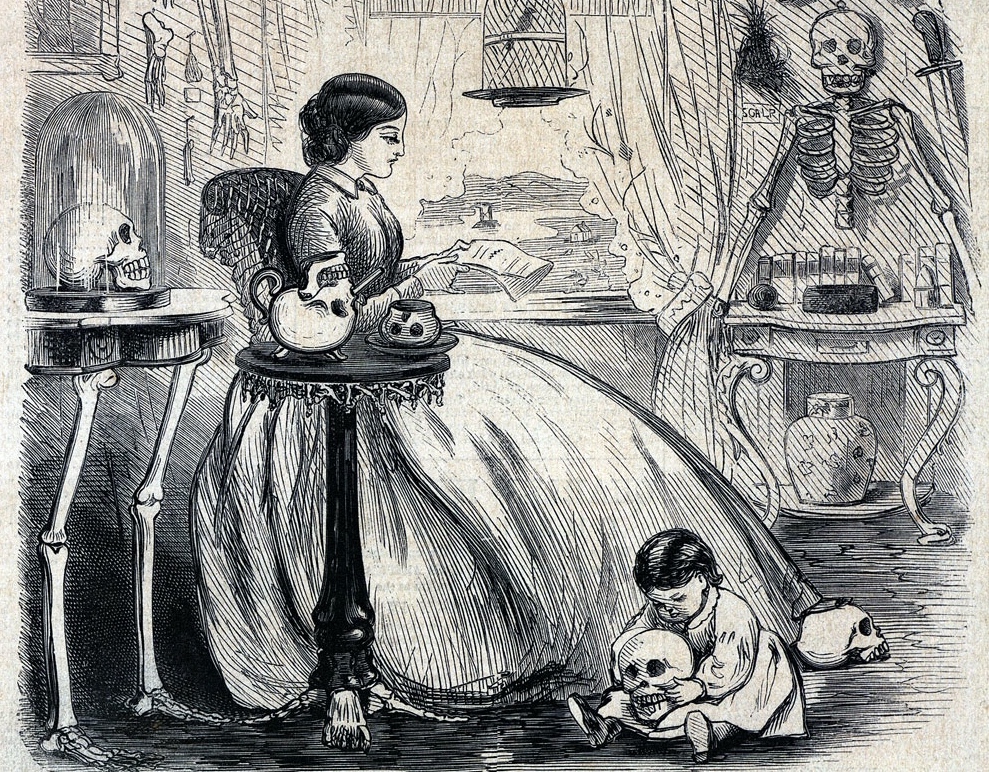Think of Aristotle’s Masterpiece as the seventeenth- (eighteenth- and nineteenth-) century’s version of The Joy of Sex…but with more religion. And babies. And monsters. The pseudonymous author’s introduction to Aristotle’s Masterpiece presented the work as a home guide intended to inform the modest and chaste about the purpose, pleasures, and particulars of sex, sexed and gendered bodies, reproduction, and childbirth. All of this information is framed by the context of Christian belief in an omnipotent divinity that designed sexuality as an incentive to populate the human race with more Christians.
The author expressed concern that his book would be used by the unchaste for less wholesome purposes, for aside from its religious discourse, sex is not metaphorized. Sex, the sexual body, intimate relationships, desire and pleasure, and reproduction are addressed frankly and with specificity. Therefore, Aristotle’s Masterpiece could easily be considered a “dirty book.” It is not hard to imagine the allure of such a work for readers—modest or otherwise—for it provided a rare detailed discussion of sex. It even included illustrations.
And surely the long print history of this book attests to its popularity and appeal, even if only in private. First published in England in 1684, Aristotle’s Masterpiece shared its pseudonym with Aristotle’s Problems, a sixteenth-century work that detailed sex in frank language, and the text of Aristotle’s Masterpiece consists of spliced together excerpts from midwifery guides (as historian Mary Fissell has noted). Thus, Aristotle’s Masterpiece’s popularity was based on previous popular works. Unlike its predecessors, however, Aristotle’s Masterpiece remained in print in America for over two centuries, and the number of editions is in the hundreds. Perhaps because this work is not often mentioned in literature of the same periods, its existence (even ubiquity) might surprise scholars working in this period, especially considering the sheer number of copies that were in circulation. Aside from references to Aristotle’s Masterpiece in scholarship on home medical guides and midwifery, the text has not received extensive critical attention (the exception being Mary Fissell’s ongoing research).
Aristotle’s Masterpiece hovers behind the scenes of seventeenth-, eighteenth-, and nineteenth-century discourses on love, intimacy, marriage, romance, sex, gender, family, religion, midwifery, health, and embodiment. Thus, scholars and readers of all types with an interest in these broader themes can find rich content in this work. This text is especially unusual in its references to women’s sexual desire and pleasure (which the author estimates may be twice that of men’s), concerns about women’s powerful imagination and its impact on the children she bears, and the discourse of “monsters and monstrous births.”
The acknowledgment of women’s sexual pleasure and concern about women’s power of mind may strike readers as revolutionary, yet the sensational and voyeuristic treatment of people with extraordinary bodies speaks to a normative embodiment, which dehumanizes those with physical anomalies.
Additionally, these three threads—women’s desire, women’s imagination, and “monstrous” embodiment—actually have a cause and effect relationship in this text. A woman’s unsatisfied sexual desire/pleasure may cause her to imagine non-normative sexual partners or acts, which can then be manifested on the body or bodies of her offspring in the form of marks, extra or absent limbs, and more (bodies that would constitute “monstrous births”).
Of course, Aristotle’s Masterpiece supplies countless other threads of potential analysis that scholars should feel encouraged to pull on.
Contemporary readers can access digital copies of hundreds of editions online through the National Institute of Health National Library of Medicine, and some are available on Google Books.
Scholars who wish to explore the text should plan on consulting multiple editions to get a sense of the revolving content from one edition to the next—including the images. For instance, in the chapter “On Monsters and Monstrous Births,” content in the opening pages in one edition might not appear until the end of another, and others will not include examples that seem to be otherwise standard features of most editions. Also, the many images included in this chapter differ depending on the edition.
When taking the multiple editions of this text into consideration, Aristotle’s Masterpiece seems to have its own organic vitality—changing shape, growing, retracting, touching… like the very bodies described within it.
Further Reading
Mary Fissell’s ongoing research on Aristotle’s Masterpiece is the best place to begin. Her articles “Hairy Women and Naked Truths: Gender and the Politics of Knowledge in “Aristotle’s Masterpiece” (William and Mary Quarterly 60:1 [2003]) and “When the Birds and the Bees Were Not Enough: Aristotle’s Masterpiece” provide readers with both analysis and print history of the text. Both provide a glimpse of her extraordinary in-progress book-length cultural history of Aristotle’s Masterpiece.
This article originally appeared in issue 17.3 (Spring, 2017).
Sarah Schuetze is an assistant professor of English, humanities, and gender and women’s studies at the University of Wisconsin-Green Bay. Her current book project on narratives about disease in early America is tentatively called Calamity Howl. In addition to her scholarly work, Professor Schuetze volunteers regularly at the Bay Beach Wildlife Sanctuary where she helps tend to baby rabbits and injured birds of prey.


























